

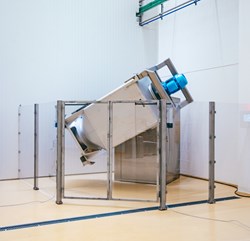
“We are receiving a growing number of enquiries from our clients on the prevention of cross-contamination in the mixing and packaging of dry ingredients for the food industry", says Domien Sierens of Food Blending. “Hygiene and quality assurance are our top priorities".
Food Blending processes a variety of powders and granulates to make homogenous blends. Quality assurance involves the highest standards in terms of hygienic design, not only of the production lines but of the building in its entirety. Business and Innovation Manager Domien Sierens also refers to the roof trusses and lighting designed to prevent dust accumulation. The entire production line is designed to eliminate dead corners and ensure everything is easily accessible for cleaning. Here, he refers to the international hygiene standards of the EHEDG (European Hygienic Engineering & Design Group). The company holds an FSSC 22000 certificate, as well as BIO, Kosher and Halal certification.
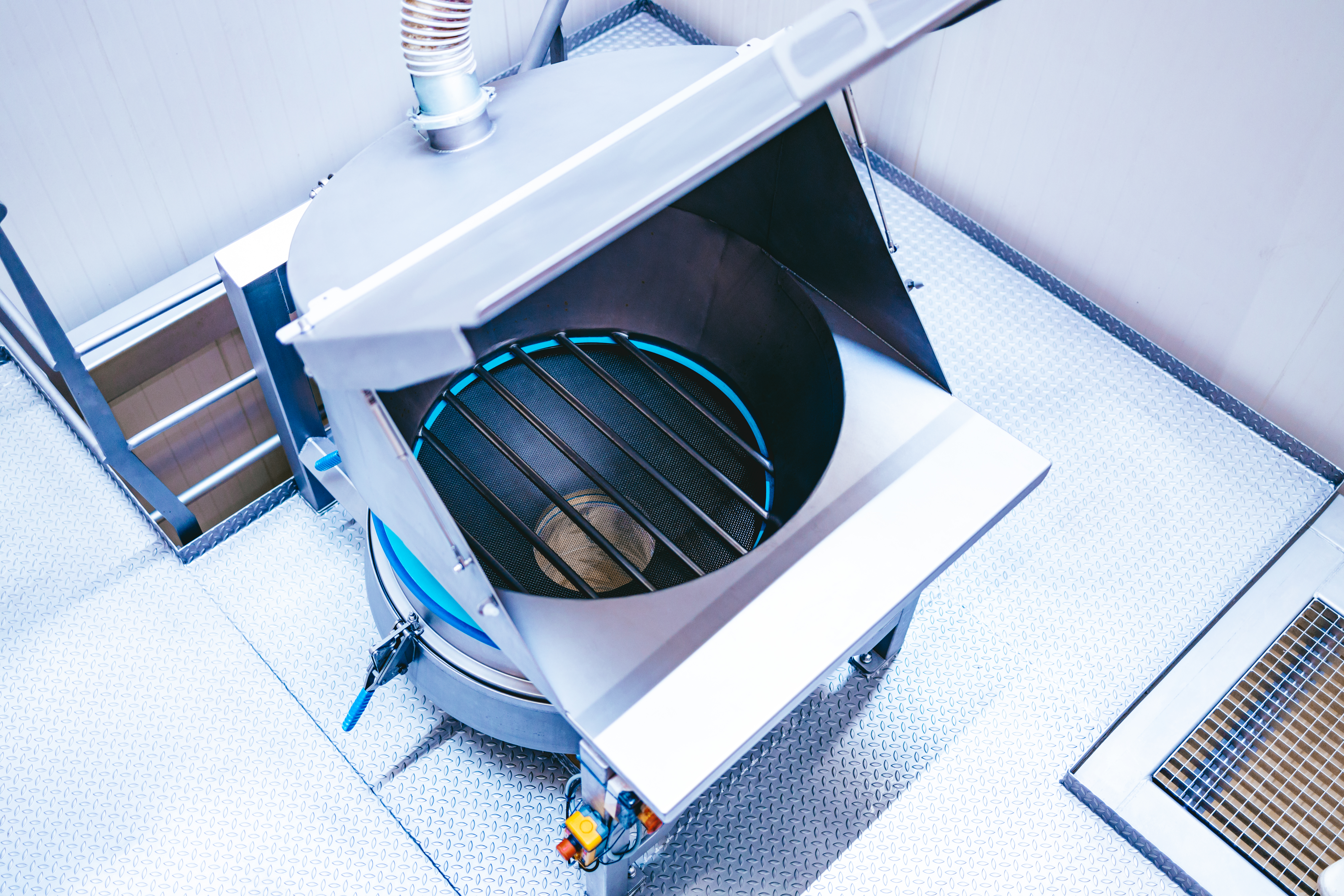
Hygienic design
The bagging installations are equipped with various split hoppers, removable screws and hygienic conveyor belts. Cleaning can be wet, dry or a combination of both, depending on the ingredients. “This allows the company to switch between batches quickly and efficiently", emphasises Sierens. “It goes without saying that our cleaning procedures are validated, and an external laboratory carries out the necessary analyses".
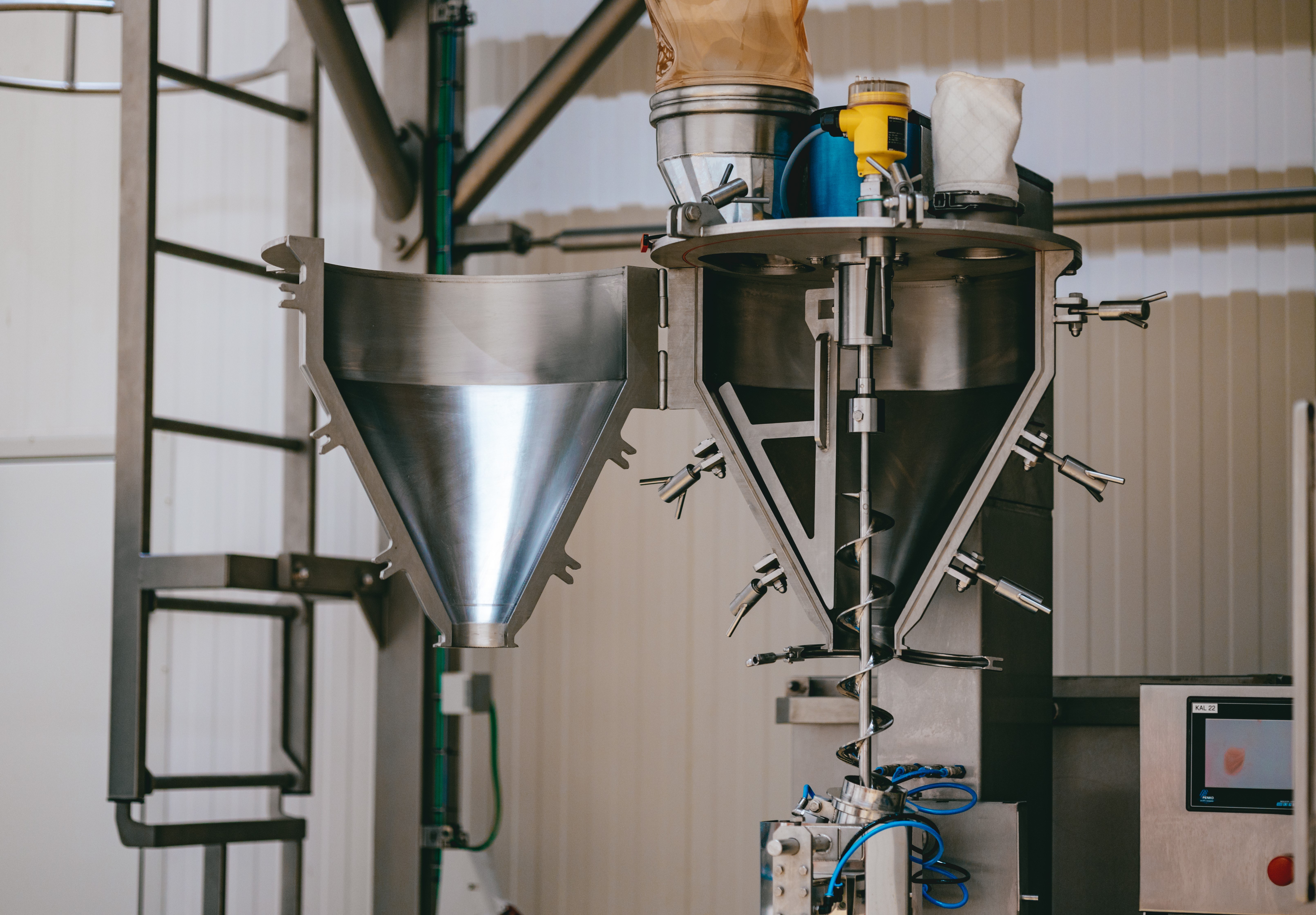
IBC and small packaging line
Newly arrived is an impressive hygienically designed IBC mixing installation with a 2000-litre volume. The ingredients enter the IBC (mixing and transport container) through a sieve and magnet. "The big advantage is that this excludes cross-contamination with allergens at Food Blending as much as possible".
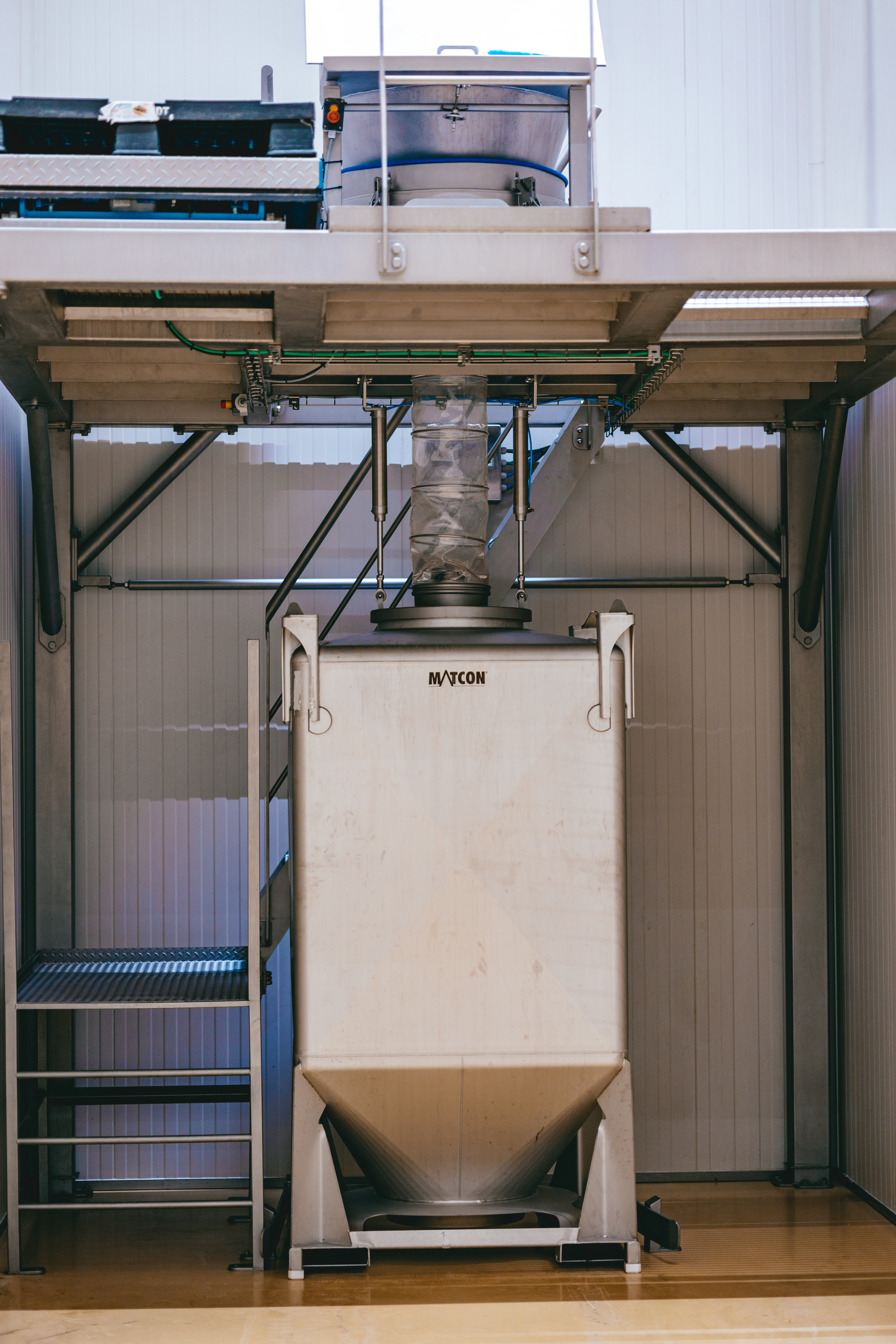
In the IBC, the ingredients are completely enclosed, eliminating the need for extensive cleaning procedures between customer production cycles. Sierens adds: “Since loading, unloading, mixing and cleaning can occur in parallel, there is a minimal downtime for switching to another product. This results in maximum production efficiency."
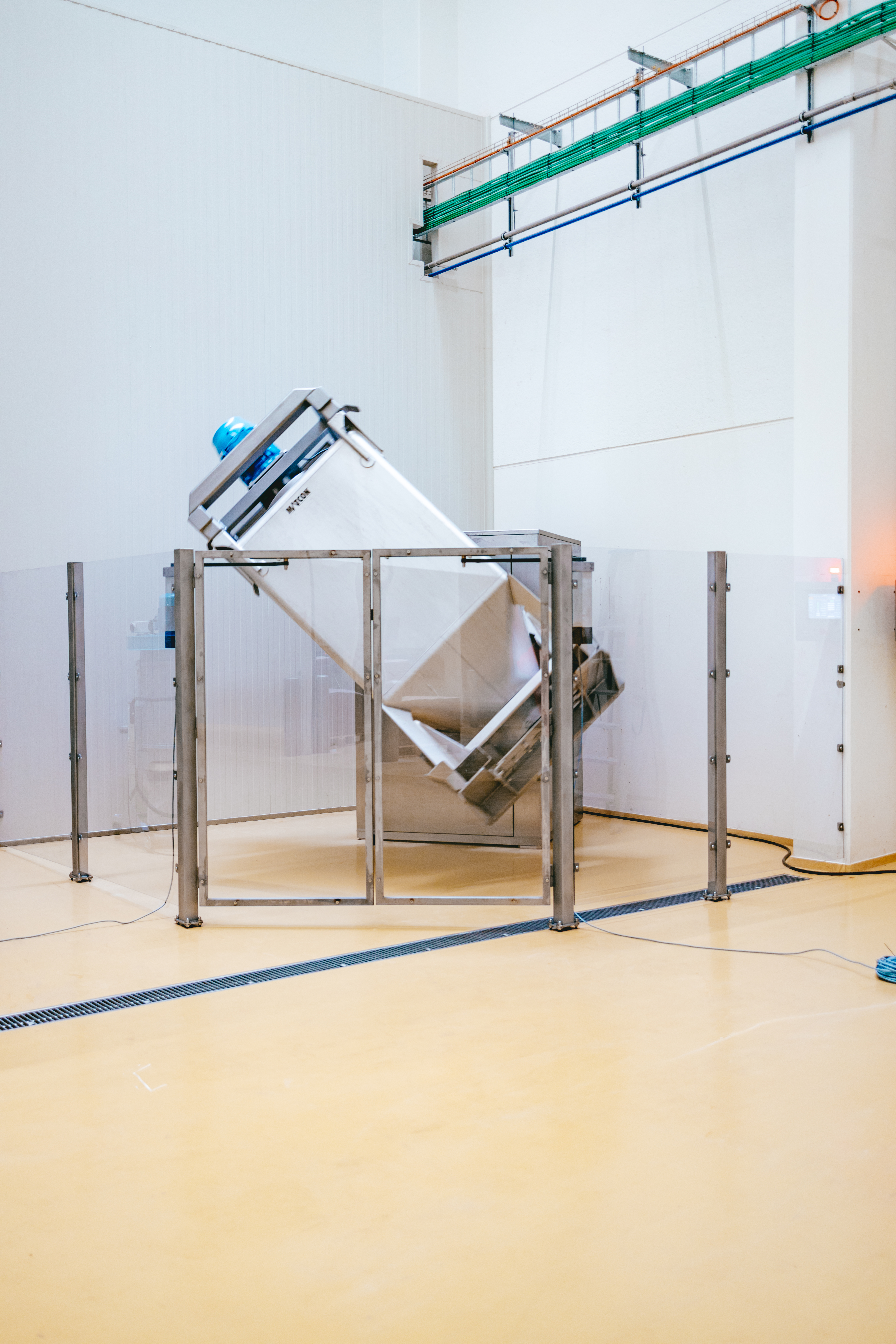
In addition to the IBC installation, the company has expanded with several fully automatic production lines for packaging ranging from 300 grams to 7 kilograms and a fully automatic line for 10 kilograms to 25 kilograms and Big Bags up to 1500 kilograms. In this way, Food Blending aims to offer the complete range of packaging options.

“It is always advisable to maintain a critical perspective on your own products and adjust them to contemporary needs where necessary”, emphasises Marijke Adriaens, CEO of frozen food company Fribona. “For consumers, taste is still the main consideration. It is essential to work towards a product that is, above all, tasty and visually appealing.”...

Scientists from KU Leuven have discovered how oil penetrates snacks during and after the frying process. Recent research findings point to advanced frying techniques that reduce oil absorption, as well as innovative methods to limit oil uptake during the cooling phase. This paves the way for the development of healthier snacks without compromising...

Food companies are increasingly targeting a wider range of consumer groups. Speaking at an event organised by Fenavian, Julian Mellentin of New Nutrition Business said this strategy offers significant opportunities to respond to the diverse health needs and interests of today’s consumers. “Consumers enjoy both animal and plant-based proteins”, he...

Backed by financial partners, Start it @KBC is launching the accelerator programme Scale it Agro, aimed at scale-ups offering sustainable and innovative agricultural solutions for agriculture and horticulture businesses. Kjell Clarysse, programme director at Scale it Agro, goes into more detail.